本文旨在介紹以下基礎知識 物聯網 硬體角度. 準確地說, 每個人都必須了解硬體和 軟體 他們正在使用的技術的各個方面. 即使是物聯網產品經理也必須徹底了解物聯網硬體所需的關鍵要素.
1. 什麼是物聯網硬體?
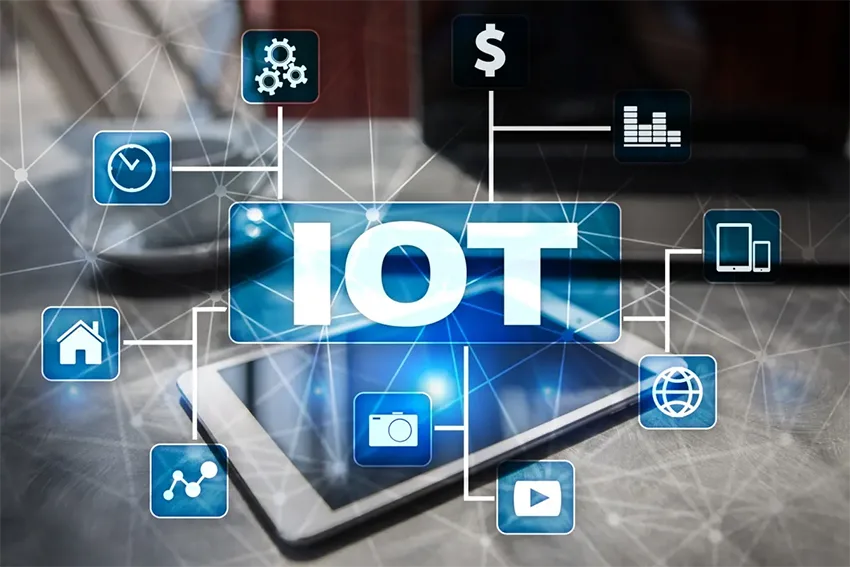
使用這項技術製造產品並不像看起來那麼簡單,因為物聯網硬體元件決定了物聯網產品的成本, 表現, 經驗, 和應用. 很遺憾, 僅有的 20% 的物聯網專業人員可以處理這部分,因為所需的技能與軟體的技能有很大不同. 由於最近的進展, 使用連結設備的硬體電路時,安全性也是一個問題.
2. 物聯網中使用的硬體有哪些不同類型?
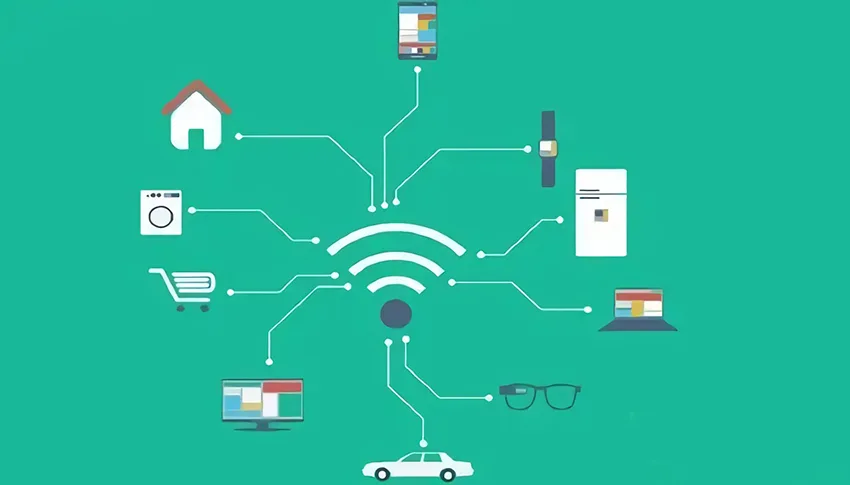
幾乎所有物聯網硬體設備都具有相同的基本組件, 無論創建的設備類型如何. 以下是該技術中使用的前三個硬體元素:
感應器: 他們從內部收集數據.
微控制器: 微控制器從感測器接收數據, 處理它, 並決定如何應對各種形式的訊息.
中等的: 一些無線電晶片, 網路協定, 無線模組是微型組件,透過將各種傳輸模組之間的資料移動到雲端來實現這一點.
取決於它們的功能, 這些組件提供了多種體驗, 但這三個組成部分構成了它們的物理結構.
例如, 因為室溫等變數不會快速變化, 如果按預定時間間隔變更其他參數,則恆溫器中的即時感測器資料記錄將無法運作.
另外, 在自動化領域必須經常更換傳送帶,否則可能會導致馬達發熱並冒煙. 這是因為負載變化會導致馬達開始發出雜音.
物聯網應用 不要改變感測器的方式, 微控制器, 或通訊元件功能. 感測器將記錄各種 HVAC (暖空氣, 通風, 和冷空氣) 第一種情況下的系統溫度讀數. 它還會記錄馬達驅動器在第二種情況下產生的傳送帶頻率. 測量結果透過訊號調節電路進行改進和調整,然後發送到下一個構建塊. 然後,微處理器處理感測器數據,以根據環境溫度或傳送帶速度運行,同時調整馬達控制器. 最終, 媒體或通訊電路連結到雲端運算資源, 這可能有助於分析來自傳送帶感測器的數據或告訴業主他們改變的室溫.
3. 物聯網硬體和軟體如何運作
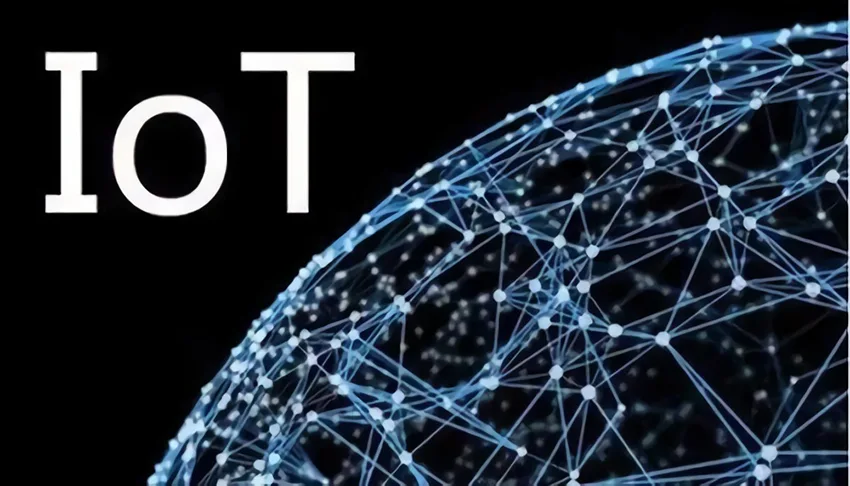
物聯網系統的基本要素
硬體
物聯網由數十億個相互連結的物件組成, 最常見的是感測器和執行器, 讓你感知或影響周圍的物理環境. 這些設備需要基本的處理和儲存能力, 通常由微控制器提供, 系統 (系統), 或現場可程式閘陣列 (FPGA). 他們還需要網路存取來轉發他們收集的數據.
嵌入式程式設計
物聯網小工具是嵌入式小工具. 用於原型設計, 他們可以利用商業微控制器平台 (像阿杜伊諾) 在隨後創建印刷電路板之前 (多氯聯苯). 這些平台需要電路設計的專業知識, 微控制器程式設計, 並徹底掌握用於將連接的傳感器和執行器鏈接到微控制器的硬體通信協議, 比如連續劇, I2C, 或SPI. 通常, 嵌入式應用程式是用 C 創建的 ++ 或C. 然而, 用於開發和擴展物聯網系統, Python 和 JavaScript (用於 UI 和平台) 越來越受歡迎.
安全
在物聯網領域, 安全是最關鍵的問題之一,與資料道德直接相關, 隱私, 和責任. 系統設計的每個階段都必須包括它. 可能的數量 (或實際的) 隨著數千個新設備的連接,攻擊媒體每天都在擴大. 面臨如此多的風險, 擁有安全工程技能至關重要. 這些技能包括威脅評估, 道德駭客行為, 加密, 保護網路基礎設施和應用程式, 事件監控, 活動記錄, 和威脅情報.
網路和叢集
由於連結設備數量龐大,以及網路設計選擇可能對已部署的大規模物聯網系統產生潛在影響, 網路設計和管理在物聯網中至關重要.
物聯網應用中利用雲端基礎設施進行業務邏輯實作與資料處理, 分析, 和儲存. 由於連接性,設備可以相互交互以及與基於雲端的程式和服務交互. 即時資料流和雲端聚合是物聯網有效運作所必需的, 儘管雲端運算和物聯網是完全不同的技術.
數據分析與預測
開發人員需要安全可靠地收集, 店鋪, 並分析來自物聯網設備的大量異質數據,因為通訊數據的物聯網設備數量每天都在增加. 而不是將所有資料傳輸到伺服器, 在網路邊緣過濾或刪除不必要的資料可能會有所幫助,因為許多 物聯網設備 生產時間- 或延遲敏感數據.
人工智慧和機器學習
人工智慧和機器學習是物聯網系統的有用組成部分,可用於創造價值並使用物聯網設備產生的大量數據. 這些策略透過讓電腦接觸有關該問題的大量資訊來進行機器學習. 這些方法可用於即時對感測器資料流進行預測分析,並根據傳入資料產生自主判斷. 您可以使用機器學習來尋找歷史資料中的趨勢或異常, 這可以幫助你做出批判性的判斷.
物聯網與工業
工業物聯網 (工業物聯網), 也稱為 產業 4.0 和第四次工業革命 (I4), 是物聯網對工業生態系影響的結果 (或“工業物聯網”). 物理連接的工業資產, 例如生產車間和連接的物流工具和程序, 被稱為「相互關聯的生態系」。
4. 物聯網硬體的成本是多少
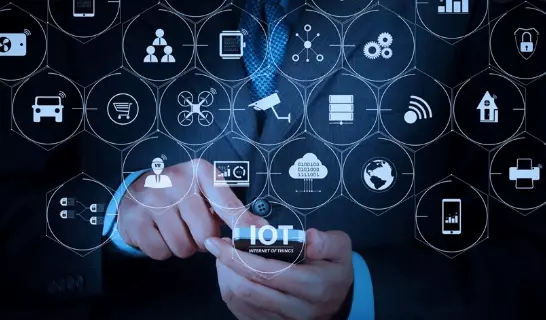
如何找到合理的預算預期 物聯網專案 以及如何增加價值.
每個物聯網解決方案的存在都是為了提供價值. 且價值必須大於費用. 作為產品所有者,制定可靠的業務案例應該是您的首要任務. 了解商業案例的價值有助於您確定解決方案的價值. (這本身並不簡單; 我們很快就會更深入地討論。) 然而, 你怎麼計算價格? 讓我們將費用分為這三組:
• 開發成本
• 生產成本
• 營運成本
創建解決方案的前期費用稱為開發成本. 這主要代表開發專用硬體和軟體的費用.
生產物聯網設備的每單位成本稱為生產成本. 與工廠相關的成本, 軟體, 和硬體都包括在內.
物聯網系統的營運費用稱為營運費用. 包括雲端託管和軟體授權費用.
讓我們分別檢查每一項.
物聯網硬體 開發成本
每個物聯網解決方案都是獨一無二的. 但每一個 物聯網解決方案有一個共同點: 他們都需要專門的硬體和軟體. 另外, 如果你創建硬體和軟體那就最好了. 開發成本已產生. 所需的客製化等級將決定開發成本.
軟體開發通常更簡單 (且成本更低). 然而, 因為有很多軟體, 建造它的成本比建造硬體的成本還要高. 在幾種情況下, 客製化軟體是必要的:
- 客製化嵌入式軟體 (韌體) 使用特定硬體
- 個人智慧型手機應用程式
- 獨特的前端 (智慧型手機和網路應用程式)
- 自訂後端業務邏輯.
- 用於專門後端應用程式的整合軟體
- 製作測試軟體
開發成本至少為 $100,000 或更多,因為很多軟體都需要修改.
生產成本
設計解決方案後創建硬體時會產生生產費用. 生產成本可分為:
- 硬體板上每個晶片的成本都列在物料清單中 (物料清單).
- 生產成本: 製造每件硬體的相關價格.
- 生產測試成本: 讓零件和機械通過其步伐的價格.
營運成本
物聯網系統需要伺服器和軟體才能運作. 這些伺服器有運行費用. 在雲端時代, 租用電腦電源很簡單. 您可以從小處開始,隨著需求的增長而簡單地透過雲端來成長. 計算這些費用的總和並不總是那麼簡單. 一般來說, 任何像樣的後端解決方案至少應該花費你 $1,000 每月.
如何實現成本效益
選擇便宜的選擇並不划算. 知道必須創建什麼然後正確執行它是至關重要的. 太便宜會有導致失敗的危險. 沒有人想要那樣. 秘訣是在整個專案中將注意力集中在解決方案中最重要的方面:
- 我的方法是否足以解決問題?
- 有足夠多的人遇到這個問題,我的解決方案就能發揮作用?
有 4 方法中的階段:
- 創建業務案例. (換句話說, 對以下問題作出回應: 我要解決誰的問題, 他們現在為此付出了多少錢?)
- 建立可測試的解決方案
- 我的原型是否提供了該步驟的解決方案 1 問題?
- 重複步驟
這些都是具有挑戰性的任務, 而您的第一次嘗試不會成功解決問題. 失敗, 然而, 此時並不是什麼可怕的事情,因為這是一個學習時期. 它使您能夠再進行一次迭代, 每一項都會讓您朝著目標更進一步. 它最終會告訴您您的選擇. 在知道要建造什麼之後,您可以確定解決方案的價值.
知道價值很容易:
價值 > 成本
你的價值應該超過你的成本. 就是這麼簡單.
5. 什麼是物聯網硬體平台
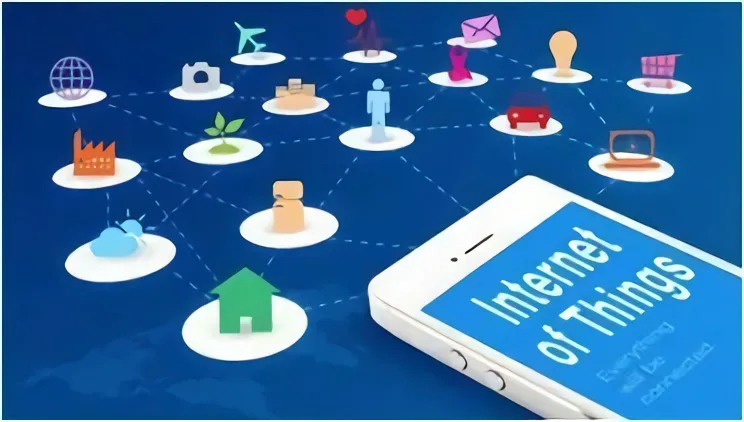
粒子物聯網硬體平台
唯一的 物聯網平台 現在可以為其開發環境提供網狀網路的是 Particle. Particle 提供一系列物聯網產品 (物聯網) 可透過Wi-Fi連接到網路的硬體包, 細胞的 (2G/3G/LTE), 或者 網狀網路. 另外, Particle 提供了一個工業連接模組,旨在擴展企業層面的物聯網應用.
PIoT 硬體還包括開發工具,可讓您快速建立基於雲端的 IoT 應用程式並遠端管理遠端裝置上的程式碼. 粒子平台最適合原型設計,可用於擴展連結項目的集合.
Adafruit IoT 五金 — 羽毛規格
Adafruit Feathers 是適應性強的集合, 便攜的, 和輕量級開發板,用於穿戴式或行動裝置上的動態原型設計. Adafruit Feather 的目標是讓開發者更簡單地交換硬體. 羽毛翅膀是由羽毛製成的裝飾品,可用於各種羽毛類型.
Arduino 物聯網硬體
Arduino IoT 的好處是它們提供軟體工具, 對第三方函式庫的支持, 感測器的選擇, 以及可協助查詢的資源和社區.
上一節重點介紹了幾種物聯網硬體平台, 隨後華清前瞻設計FS4412物聯網硬體正式發布. 汽車網路, 智慧家庭, 工業終端, ETC。, 是應用方向的範例.
應用案例的例子有:
- 音訊和視訊產品 (行車記錄器, 可視門鈴, 用於監控和護理的網路攝影機, ETC。)
- 用於參與和溝通的產品 (社群電視, 機器人, ETC。)
- 收集數據的產品 (體重計, 溫度計, 空氣探測器, 手鐲, ETC。)
- 無線控制項目 (揚聲器, 空氣清淨機, 門鎖, ETC。)
支援的 CAN 模組包括: 並行連接埠攝影機, VGA, Zigbee模組, WIFI模組, 全球定位系統, 藍牙, 艾文, USB攝影機, 矩陣鍵盤, 射頻識別模組, CAN/RS-485總線, 中繼, 串列埠擴展字串, ETC. 他們還涵蓋物聯網, 工業領域, 智慧終端, 機器人儀器儀表, 和其他應用.
6. 全球知名物聯網硬體公司是的
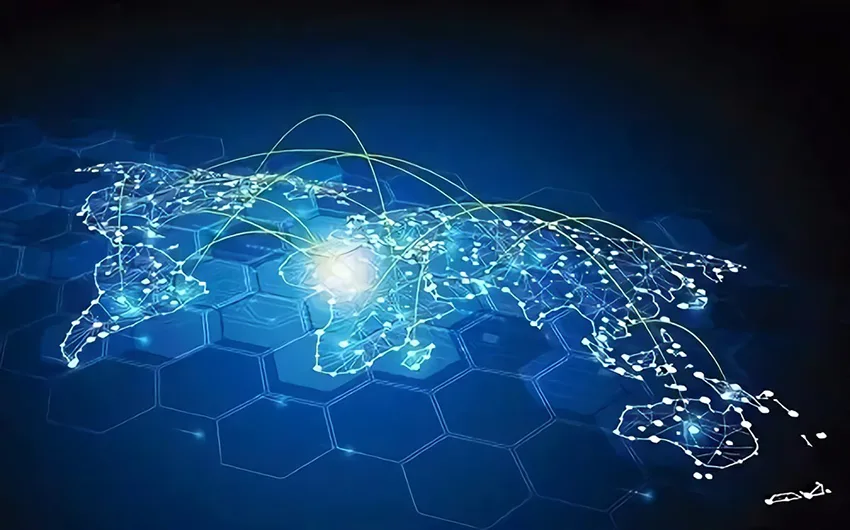
1. 思科
作為目前世界領先的網路公司, 思科已經擁有將產品引入物聯網生態系統並開始建立連接所需的大量資源. 根據內部預測, 這 物聯網 (物聯網) 將連結到 50 十億台設備 2020, 毫無疑問,思科將有所作為.
現在企業可以連接, 監視器, 借助思科物聯網系統和許多其他已經成熟的物聯網基礎設施技術,控制先前斷開連接的設備並提高實體安全性以及數位資產和資料的保護.
2. 在&時間: 全球頂尖的物聯網營運商
全球最大的電信公司之一, 在&時間, 致力於為物聯網提供網路服務. AT宣布了多個創新城市項目&時間, 包括 物聯網智慧城市 框架和一套全新的物聯網開發工具.
第三巨頭是GE, 傳統產業有效數位轉型的傑出領導者.
通用電氣 (通用電氣) 就在其中, 這並不意外. GE提供的多種硬體和軟體解決方案已成功應用於「物聯網」領域.
一起, GE 和思科創建了一套應用程序,思科可以使用它們在安全的 IT 環境中安裝 GE 優質製造設備. 另外, 兩家企業創建了物聯網網路架構的參考標準. 該計劃涉及如何將思科的網路基礎設施與 GE 的數位工業解決方案結合使用,以從工廠車間的設備收集數據.
3. 博世, 真正的汽車產業領導者
物聯網是博世研發的首要重點領域. 博世以德國家庭喜愛的汽車用品生產商而聞名, 最近, 雲端平台及多種軟體產品.
該公司的物聯網願景建立在博世物聯網系統之上. 博世的一些研究聲稱,博世物聯網系統有助於將傳統企業的商品連接到互聯網,並且可靠, 安全的, 負擔得起的, 並且易於擴展. 它還為增值服務提供邏輯應用支援.
4. 英特爾不僅僅是一家電腦晶片製造商.
儘管英特爾仍然是全球最大的晶片製造商, 智慧型手機故障的影響給該公司帶來了尋找其他收入來源的壓力. 自從 2013, 當它成立特定的物聯網業務部門時, 英特爾展現了成為物聯網產業市場領導者的意願與實力.





















